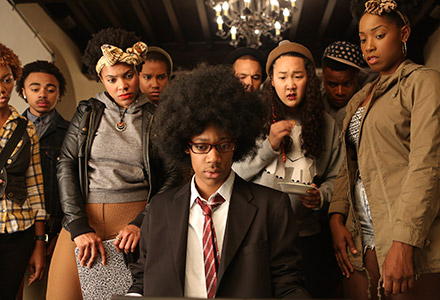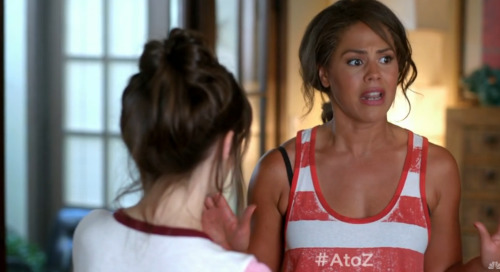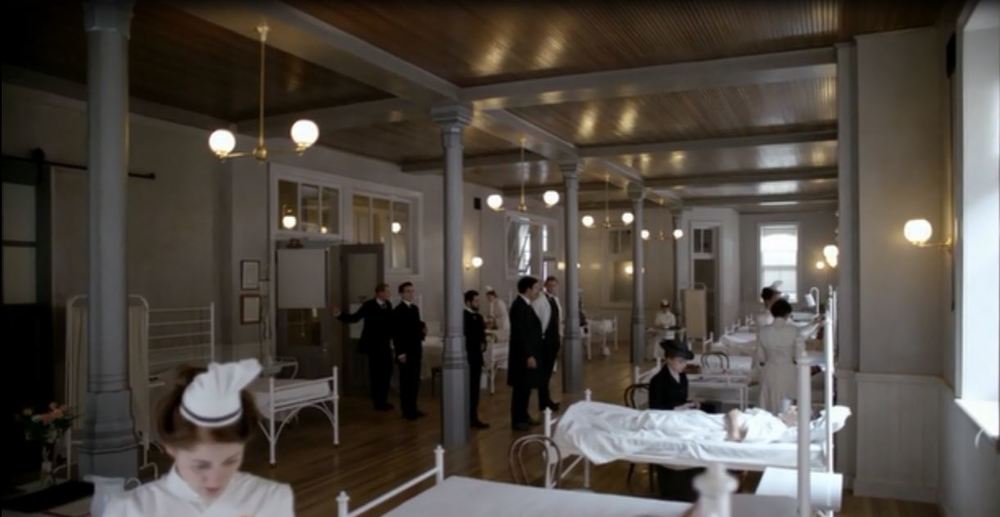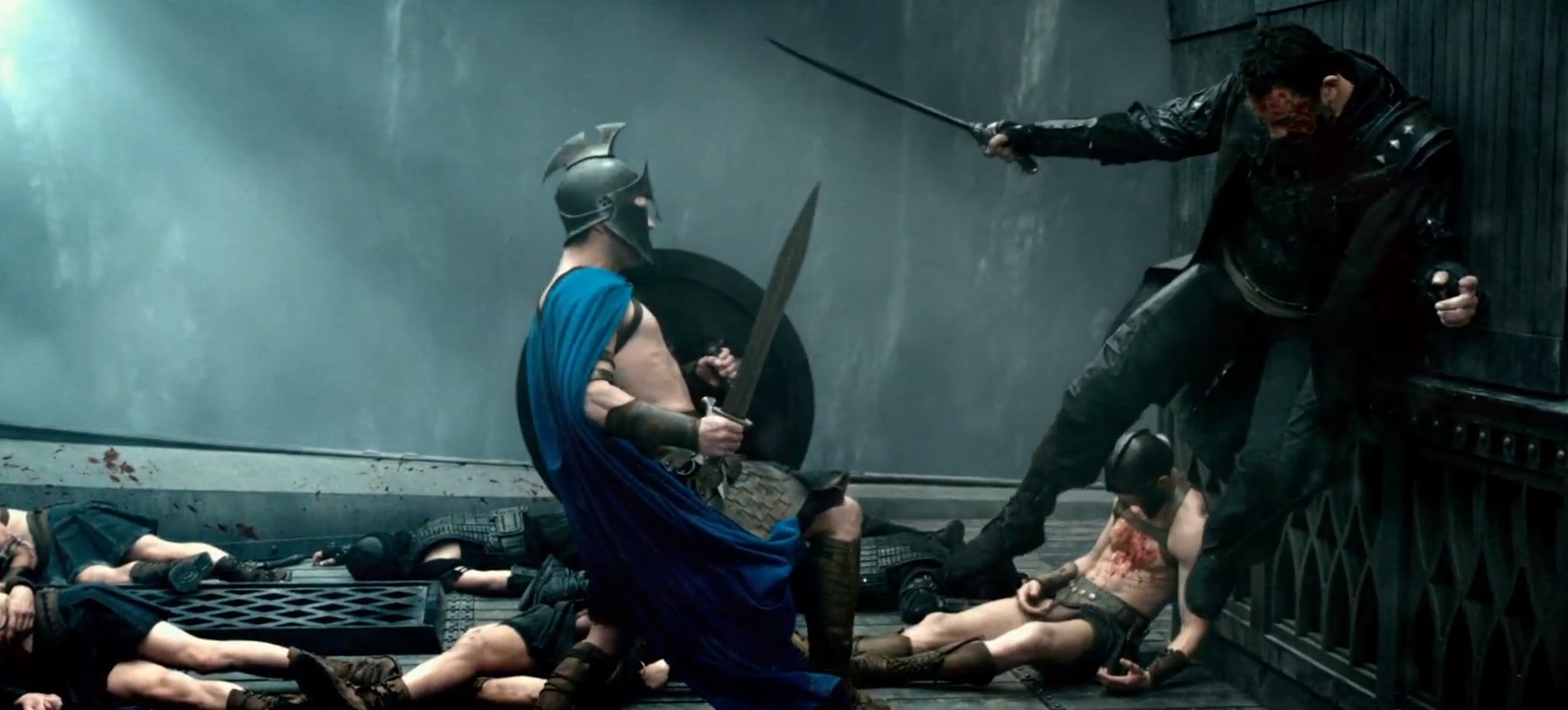Super spy teams aren't born...they're hatched. Discover the secrets of the greatest and most hilarious covert birds in the global espionage biz: Skipper, Kowalski, Rico, and Private.
For a little humor to spark the holiday season, DreamWorks Animation is giving audiences a spin-off of the Madagascar film & television series, focusing on the supporting background characters who shone through every movie, The Penguins. Set right after the events in Madagascar 3: Europe’s Most Wanted, the spy thriller adventure features the cute flightless bird friends taking on a top secret mission with a team called “The North Wind” in 2014’s Penguins of Madagascar. As Puss and Boots was to The Shrek franchise, “The Penguins” are no longer scene-stealing sideshows, but now tapped for their cuteness, humor, action, and adventure for their own feature film.
As the title conveys, the movie spotlights four penguins (Skipper, Kowalski, Rico, and Private) from the previous films, though it is not necessary to have seen the other movies to understand this one. Now, the four penguins face a situation with a new villain, Dave, requiring them to team up with another group of animal secret agents to stop Dave's evil plan. The movie opens with a preliminary back-story, and once audiences soak that in, the film throws viewers straight into the action for the majority of the film. Immediately, The Penguins capitalizes on being funny and providing an entertaining plot that includes high pace, top-notch action scenes accompanying visually stunning animation. The Venice chase sequence is particularly entertaining, especially in 3D.
In addition to the humor and animation, parents will likely find some well-known film references to add a little depth to the movie. Some of these include when the penguins team up during the climax, and parody this film's team line-up shot reminiscent of The Avengers (2012). There is also a warehouse scene in Dave’s submarine like a scene in Raiders of the Lost Ark (1981), and Kowalski utters a familiar line from the 1968 Planet of the Apes.
The movie depends on providing a certain balance of action and humor, since there are several frantic and high speed villain chases along with many clever jokes, which may require a second viewing so as to catch everything. To go along with the action and humor, the voice acting is top notch. I appreciate that the movie, unlike several of its DreamWorks counterparts, did not feel the need to rely on big name celebrities. Nevertheless, it features a few main big names: Benedict Cumberbatch as “Classified,” a fellow fox secret agent; and John Malkovich as “Dave,” the villain octopus.
Viewers will be sure that the camaraderie between the four penguins is the highlight of the film. At times, the movie’s pacing is a bit manic, starting out at an extremely high pace, then taking a dive as it progresses to the end. Despite the jokes and gags being funny, some are a little childish.
While one may appreciate DreamWorks’ efforts to try something a little different from the previous Madagascar films, this one unfortunately did not meet the mark. Although the Penguins are entertaining, kids will probably enjoy it more than adults, even though many references will go over their heads. It’s as though the movie sets you up for a jam-packed entertaining joy ride, but quickly deflates like a balloon.
No question, folks will laugh at the jokes, but as a whole, the movie lacks creativity and emotion, or a lasting impact that many of the other DreamWorks and DisneyToon continuation films (How to Train Your Dragon 2, Cars 2, Planes: Fire & Rescue) have done. One specific problem is that while the penguins are entertaining in the previous movies, this one only proves that they work better in smaller doses. The film devotes too little attention to feature the penguins many of us have come to love and enjoy from the movie and TV series. One never comes to feel that the team was the focus of the show. Case in point: one of the penguins, Kowalski, may as well have stayed in the zoo.
All in all, I must admit the movie is fun and cute, but The Penguins would have been better suited for a summer release to really capitalize on the younger audiences. The Penguins offers a lot of potential; unfortunately, while Penguins of Madagascar finally escapes the rehashed feeling of the Madagascar films with something new, it still proves under-whelming.
As seen also in The Berkeley Graduate
.jpg)























